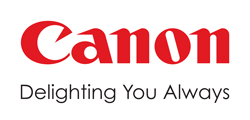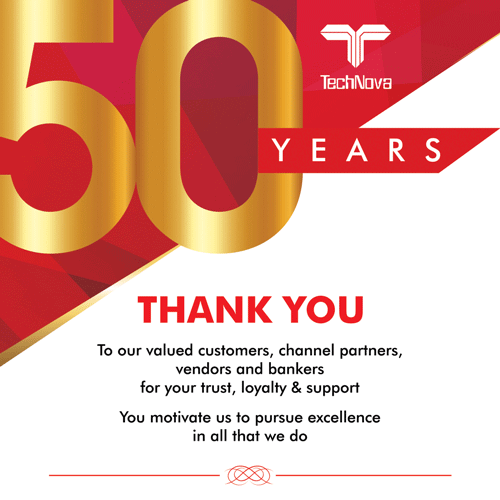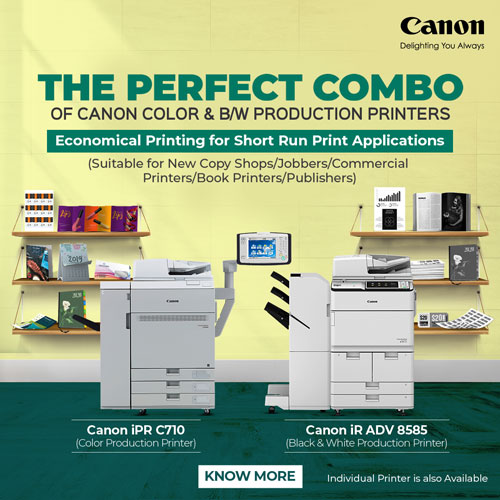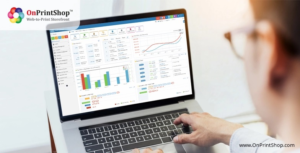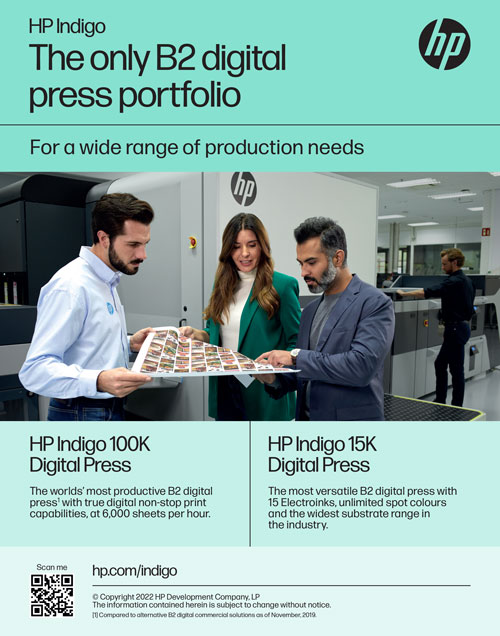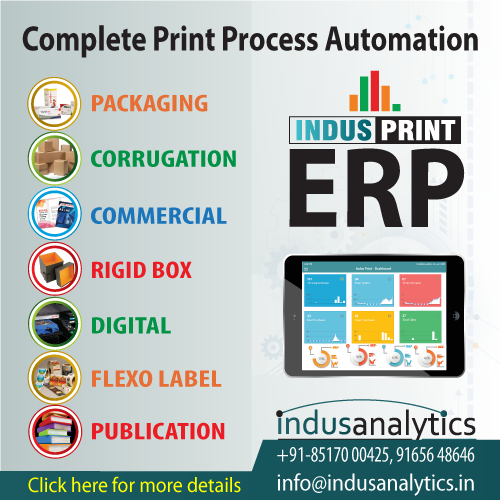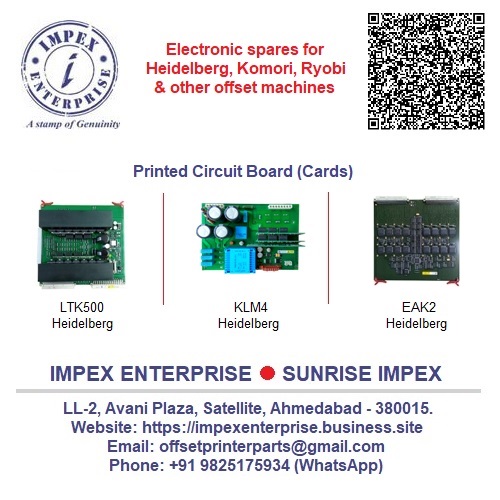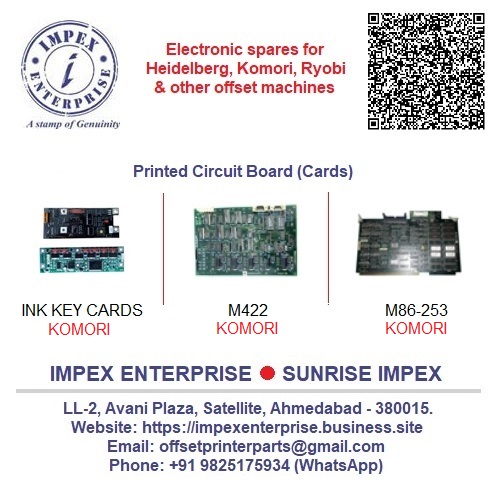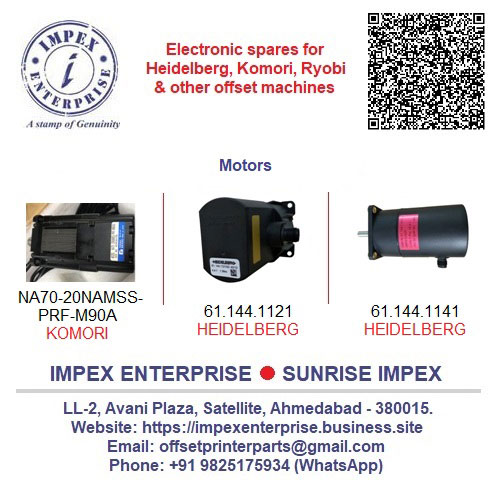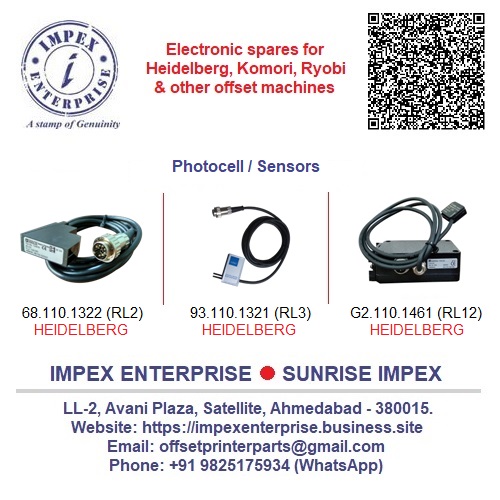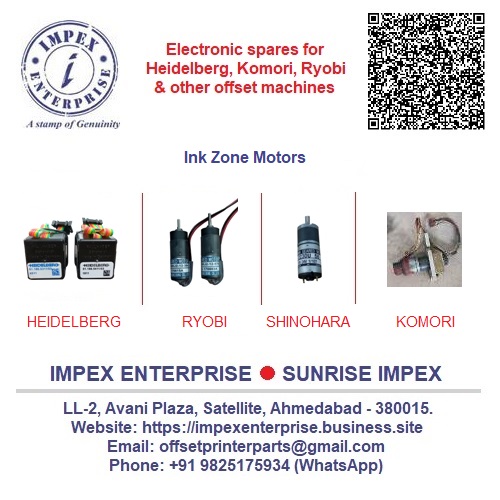Tushar Dhote
PACKAGING CUSTOMIZATION AND PERSONALIZATION: CAN IT BE DONE?
Much has been written about capturing the hearts and minds of consumers in the digital age with customization and personalization playing a significant role in the struggle for brand awareness. However, when it comes to packaged goods in food and beverage segments, customization, personalization or even individualization may be achievable but only to a limited degree. First of all, it is important to agree on the meaning of customization and personalization – which can be broadly defined as tailoring or creating something unique to accommodate an individual or group.
Second, by the complexity of its varied but interrelated processes and as a mass production activity, packaging is not a highly responsive medium that is easily or cost-effectively adapted to individuality or uniqueness. Although technology can accelerate the packaging process, it doesn’t change the fact that product development and structural packaging engineering are long-term, high-cost activities that require significant lead times to conclude, the cost of which is then offset in producing and distributing high volumes of product.
Third, concurrent with (if not leading) the graphic design process, branding provides the long-term identity marketers want their consumers to come to recognize, value and be loyal to. While brands evolve over time and as product lines are augmented with new items, they are served best when managed with consistency and continuity. Like product formulation or package structure, it is not advisable (in any context) to constantly tweak a brand image and messaging.
Fourth, packaging is a tool used within an overall marketing strategy – the principal role of packaging is for the identification, containment, and conveyance of product to a consumer. Rarely does packaging exist outside of a formalized marketing strategy, which acts as the super driver of imagery and communication surrounding and supporting a product. The strategy acts as a guide to how a package is shaped, the images and copy used, and their role alongside peripheral marketing activity and materials. The package design helps to reinforce the intent and message behind a brand and act as a vehicle to put that message directly in front of the consumer. So where/when/how do customization and personalization impact packaging?
Previously packaging resided fairly exclusively on a retail shelf or display. Now packaging has to work on a shelf, online, through e-commerce channels or shipped directly to a consumer. Each outlet may require marginally modified structures to meet delivery demands and limitations but the brand and graphic design elements and standards still need to be applied consistently so all channel components work in a unified manner. Messaging may be augmented to suit the channel it is working through but the package is then distributed through specific multiple marketing channels determined to be the most appropriate means to reach a given consumer as a group or individual. This is as truly “personal” or “customized” as it can realistically be.
Data gathered from consumers helps determine how to create a connection, and lest we forget, can provide important statistics on product improvement that can then be incorporated into future packaging and marketing messaging. It is important to remember that packaging, as a tool of marketing, and because of its scale and processes is less capable of incorporating those changes quickly.
Payal Mehara
Student, Government institute of printing technology, Mumbai.



